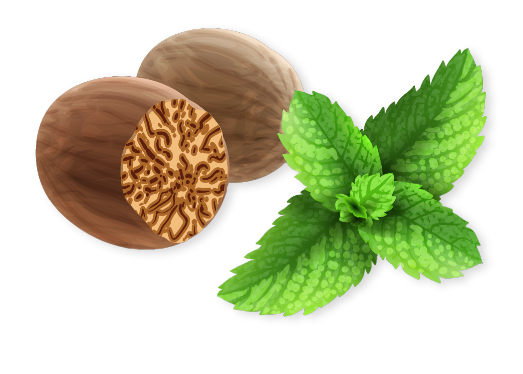Identifying Fatty Liver Pain
Thursday, January 25, 2024Fatty liver disease, a common condition characterized by the accumulation of fat in liver cells, can be a silent illness, often going unnoticed until it becomes more severe. One of the key symptoms indicating its progression is liver pain. This article explores how to identify fatty liver pain, its associated symptoms, and the importance of early detection and management.
Symptoms to Look For
Liver pain due to fatty liver disease can be subtle and easily overlooked. Here are some symptoms that might indicate liver pain:
- Discomfort in the Upper Right Abdomen: A dull, aching pain under the right rib cage.
- Swelling in the Abdomen: Bloating or swelling in the abdominal area.
- Fatigue: Persistent tiredness or weakness.
- Nausea or Loss of Appetite: Feeling nauseous or a general disinterest in food.
- Unexplained Weight Loss: Losing weight without any significant changes in diet or exercise.
Contributing Factors to Fatty Liver Disease
Several factors increase the risk of developing fatty liver disease:
- Obesity or Overweight: A significant risk factor due to the excess accumulation of fat.
- Diabetes: Particularly type 2 diabetes.
- High Cholesterol or Triglycerides: Common in individuals with fatty liver disease.
- Metabolic Syndrome: A cluster of conditions that increase the risk of heart disease, stroke, and type 2 diabetes.
Diagnosis and Treatment
Diagnosing fatty liver disease often involves:
- Physical Examination: Checking for an enlarged liver or tenderness in the liver area.
- Blood Tests: Liver function tests to check for elevated liver enzymes.
- Imaging Tests: Ultrasound, CT scan, or MRI to visualize fat in the liver.
- Liver Biopsy: In some cases, to assess the extent of liver damage.
Treatment typically focuses on addressing the underlying causes:
- Weight Management: Losing weight gradually through diet and exercise.
- Healthy Diet: Eating a balanced diet rich in fruits, vegetables, and whole grains.
- Regular Exercise: Aids in weight loss and overall health improvement.
- Medication Management: For associated conditions like diabetes or high cholesterol.
The Role of Lifestyle in Managing Liver Pain
Lifestyle changes play a critical role in managing fatty liver disease and associated pain:
- Dietary Modifications: Reducing the intake of high-fat and high-sugar foods.
- Regular Physical Activity: Incorporating activities like walking, swimming, or yoga.
- Alcohol Reduction: Limiting or avoiding alcohol to reduce liver stress.
When to Consult a Healthcare Professional
It’s essential to consult a healthcare provider if you experience any symptoms of liver pain, especially if you have risk factors for fatty liver disease. Early intervention can prevent the progression of the disease to more severe stages, such as liver cirrhosis or liver failure.
Identifying and addressing fatty liver pain is crucial in managing and treating fatty liver disease. Understanding the symptoms, recognizing the risk factors, and adopting a healthy lifestyle are key steps in prevention and management. Regular medical check-ups and following a treatment plan tailored to individual needs are essential for keeping the liver healthy. While fatty liver disease can be a serious condition, early detection and proactive management can significantly improve outcomes.
You can write to us.
BOOK APPOINTMENT



























